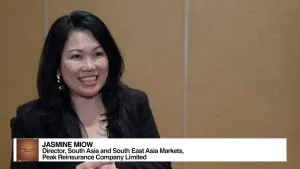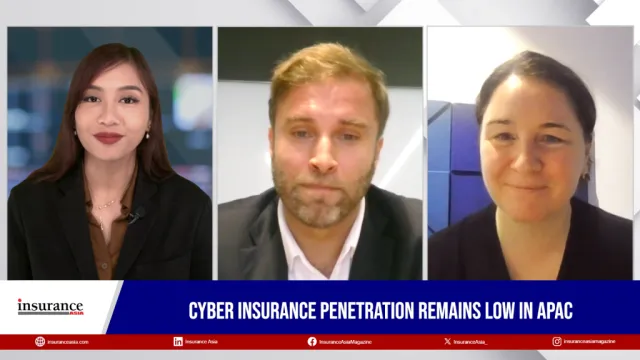Is the tightening cycle the best for Singapore life insurers?
By Eileen Tay and Eunice TanThe truth is high or low-interest rates will not last forever. The key, instead, is how quickly insurers respond to rapid hikes and cuts, in their capital management and product pricing.
The era of easy money and low rates is over, at least for the foreseeable future. US policy interest rate appears to be, at or close to, a peak.
Meanwhile, we anticipate one more rate hike in this tightening cycle, though a tight monetary stance (in real terms) will likely stay until the second quarter of 2024 (i.e. rate cuts may take place in the second half of 2024).
For Singapore, we anticipate the domestic interest rates to be closely correlated with that of the US.
On the surface, the higher interest rate environment looks all positive. Higher investment yield and easing reserving requirements (from higher discount rates on liabilities) mean improved profits.
However, there is a missing piece within the discussion. We believe the discussion about the expected pace of the hikes and cuts, will be especially critical for insurers’ management.
Rapid interest rate rises which resulted in mark-to-market bond losses, have challenged the liquidity of financial institutions (to a lesser extent, insurers) globally.
In the case of Silicon Valley Bank’s (SVB) collapse, the issue at hand was asset-liability mismatch. Deposits, unlike life insurance policies, are “less-sticky” liabilities on the bank’s balance sheet.
The slowdown in private capital investment has caused SVB’s technology-focused depositors to burn through their cash stockpiles at an accelerating rate.
With a large unrealized loss position in its substantial held-to-maturity securities portfolio, SVB has been funding deposit outflows with higher-cost wholesale borrowings, thereby pressuring earnings and its financial profile.
Clearly, the failure of SVB highlighted the perils of duration mismatch. For Asia’s life insurance sector, duration mismatch is an existing challenge. While domestic capital markets have deepened over the past decade, there are insufficient long-dated bonds to meet the demands of life insurers.
This structural limitation is also prevalent within Singapore, though buffered by ability to access the offshore bond markets (to bolster the investment options) and insurers’ deliberate efforts to not embed high-interest guarantees for their policies. However, we should not rest on our laurels.
In 2022, Singapore's top five life insurers registered more than S$14b worth of unrealized bond losses -- which translated into a decline in capital buffers. This meant a duration mismatch remains prevalent.
Now, one could say – higher rates meant better investment yield which could entail some form of “narrowing” the duration gap. However, it only operates on the premise that policyholders do not demand higher guarantees for their policies.
Meanwhile, the competition landscape is intensifying. Banks, through their higher fixed deposit rates, had enticed customers with shorter lock-ins (compared to insurance contracts).
In the first half of 2023, according to Singapore Life Insurance Association’s statistics, sales of single premium products (which includes short-term endowment) declined 52% over the same period last year.
Concurrently, to meet competition, insurers may be compelled to offer higher interest guarantees on their policies.
At the same time, rapid hikes in interest rates have increased the complexity of hedging. Prior to the tightening cycle, some insurers implemented derivative programs to hedge against falling interest rates.
In today’s context, it may seem to be a wrong move and to unwind such programs will be costly. But, what if they choose not to hedge and interest rates fall?
The truth is high or low-interest rates will not last forever. The key, instead, is how quickly insurers respond to rapid hikes and cuts, for their capital management and product pricing.
In the case of rapid rate cuts, delayed response to lower embedded guarantees within the policies could run the risk of negative interest spreads.
Concurrently, existing customers (those with higher guarantees on their policies) will hold on to these contracts, resulting in lower-than-expected surrenders. On the flip side, delayed response to reprice insurance products to accommodate rapid rate hikes could entail reduced competitiveness against other financial products.
Policy persistency may also come under pressure if more policyholders choose to surrender their policies ahead of time.
Unfortunately, neither product repricing nor having a pulse of potential policyholders’ behavioural trends is a simple and straightforward exercise. Often, many stakeholders and iterations are required. Insurers’ read of the competitive landscape and potential financial implications will also test management’s judgment.
There are no easy answers. For a start, it may be time for us to acknowledge the increasingly complex risk environment and be readying our institutions to react faster to such evolutions.




















 Advertise
Advertise








